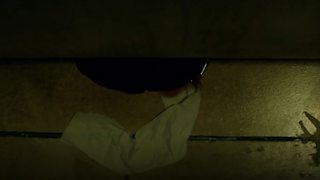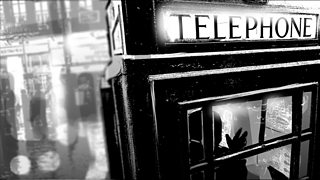
Valentin Petuhov
I’ve worked on Silent Witness for two years and directed four episodes. This year I had the honour of directing the opening two episodes of the series.
It feels like longer. Not because I don’t enjoy it, but because it’s such a long process. To give you an idea, my episodes were broadcast on the 8th and 9th January, but we were filming in February last year!
Storyboarding plays a huge part in what directors do. It allows us to work out complex scenes like stunt sequences, opening sequences, which we only have a limited time to film.
The art of storyboarding
A lot of thinking, re-thinking and thinking in a totally different way goes into creating a storyboard.
The first thing is when I’m reading a script. Images leap off the page and I scribble them down somewhere. Then as I read again they evolve.
The next thing is to go and look at locations to shoot in and they start to give me more visual ideas. A large window, a staircase, anything can give me inspiration. Each of these individual ideas start to piece themselves into a sequence of shots. Then I write the shot list out.
Once I’ve got all of this I speak with my storyboard artist. We talk through the shot and he sketches it out in front of me. Once I’m happy, he cleans them up, and we show them to the team.
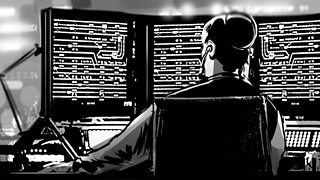
Valentin Petuhov
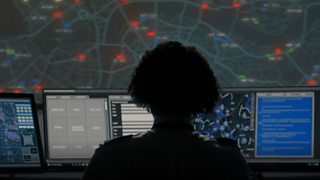
The final cut
Surprisingly, almost all of the storyboard makes it into the final cut. If it’s not the exact same as the storyboard, it’s a variation of it. It could be a slightly different angle, a wider lens or a different background, but usually the finished boards look very similar to the finished shot.
What can change is the order of the shots. Sometimes in the edit, re-ordering the sequence can be really effective. What you thought the opening shot was during storyboarding is sometimes different when you watch the show.
As I mentioned, I only storyboard the complex sequences. I already have a good idea of how the episode will look, but I like to be surprised and take inspiration while on the floor. There’s a buzz and an energy while filming that I feed off, it brings out the best in me.
Another reason is that the cast and crew will also bring better ideas with them than I can ever imagine. As a director you need to listen and respond to your actors on blocking and the story and characters as they nearly always end up looking better than the storyboarded sequence - especially when you’re working with actors who’ve played their characters for over 15 years!

Valentin Petuhov
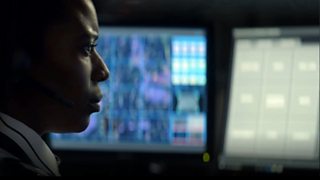
How I became a director
To be honest, it’s all I’ve ever wanted to be. I made films as a teen, went to film school in Dublin and then started making documentaries.
But drama was always where I wanted to be. I got a lucky break working on a teen drama for Βι¶ΉΤΌΕΔ NI called 6 Degrees. That got me an agent in London and I worked on a number of other Βι¶ΉΤΌΕΔ shows before Silent Witness.
I worked on CΒι¶ΉΤΌΕΔ shows Millie Inbetween and Dani’s Castle. A great place to learn your craft and a lot of fun. I also worked on Casualty, a classic show and iconic in so many ways - I’m not embarrassed to say that I was super excited to work with Charlie!
Don’t forget to watch Silent Witness on Βι¶ΉΤΌΕΔ One and Βι¶ΉΤΌΕΔ iPlayer.
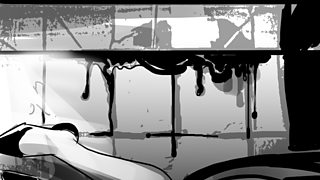
Valentin Petuhov
